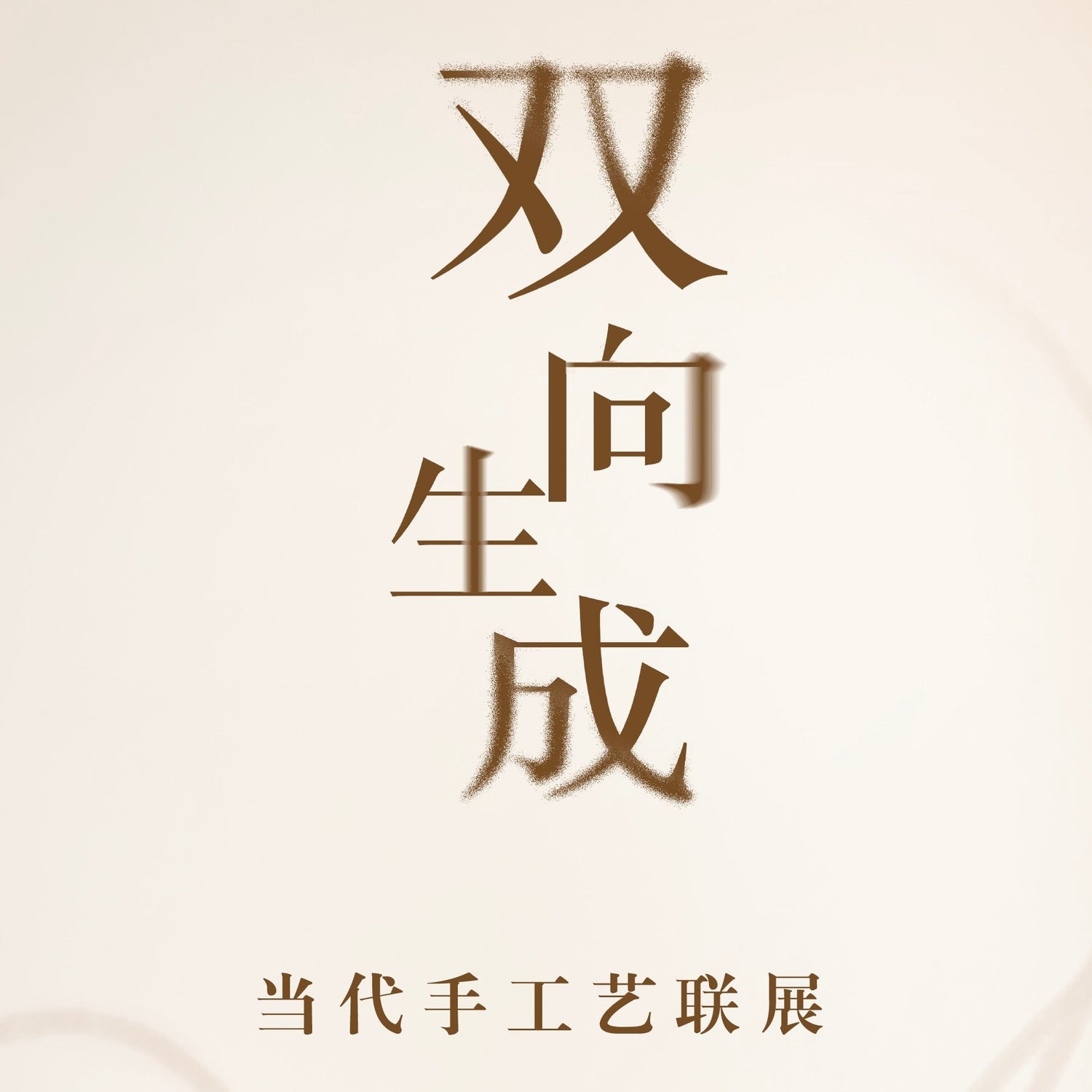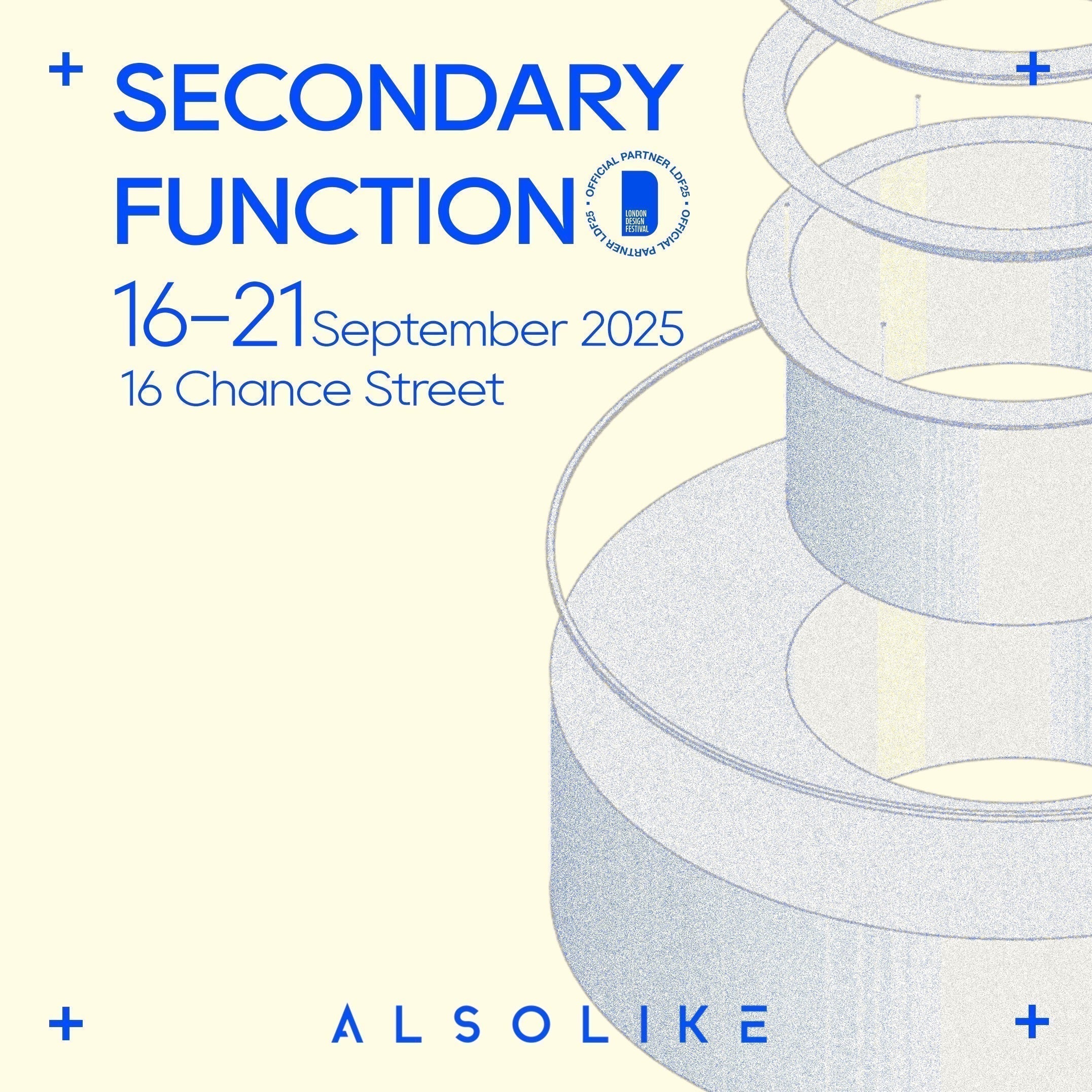What is it
In recent years, craft has increasingly entered the spaces of museums and galleries—institutions traditionally associated with symbolic and intellectual art. Interpreted through wall texts and theoretical discourse, craftworks are now situated within the language of fine art, where they are read as manifestations of conceptual thought rather than merely as demonstrations of material skill.
Conceptual art prioritises ideas and meaning over representation and form. Within this framework, the boundaries of fine art are dissolved—there are no fixed rules, only choices. Materials and media become fluid, capable of carrying multiple artistic identities. Yet, when craft enters this terrain, its position remains intriguingly ambiguous. Whether in glass, ceramics, metal, or jewellery, the medium itself both empowers and restrains: it offers a tangible voice but also imposes its own limits. The artist, therefore, must not only ask what to say through the medium, but why to speak through it at all.
To address this, one must dismantle the binary of content versus form—to resist placing “artistic meaning” above material language, avoiding the circular reasoning of creating “for the medium’s sake.”
Among many contemporary craft practices, one can discern a shared creative strategy: “dual generation.” Rather than emphasising directionality, this term describes a non-hierarchical process in which heterogeneous elements evolve and connect organically between two points. From a Deleuzian “rhizomatic” perspective, the artist’s field of interest and chosen medium extend and interact in multiple directions simultaneously. Their intersections, fluid, shifting, and open-ended, become the very site of creation.
Here, medium and concept co-exist without subordination. The once rigid dualities dissolve into a lateral network of multi-directional connections. Within this network, creative “lines of flight” appear, allowing artists to escape fixed symbolic systems and construct new, uncoded a process of de-territorialisation.
Through such horizontal exchanges, jewellery or other craft forms may cease to be “jewellery” in the conventional sense, yet still retain an inherent jewellery-ness. Vertically, traditional craft cultures are reactivated, continuously resonating within contemporary contexts. As a result, contemporary craft develops in a spiralling motion—crossing temporal, cultural, and disciplinary boundaries.

Dual Generation — Contemporary Craft Exhibition seeks to explore this evolving creative ecology through representative works that reveal the symbiotic relationship between material and thought. The exhibition aims to provide methodological insights for both researchers and practitioners, and to open new interpretive perspectives for audiences. Viewers are invited to find, within this deliberate “loss of category,” a space of productive disorientation—an artful place of being lost.
Text by Chong Shi & Yanyan Liao
Academic Director: Yong Duan
Curators: Xin Guo, Guanghui Chen, Chong Shi
Associate Curators: Yanyan Liao, Qi Shi, Jingrong Wang
Curatorial Advisors: Min Zhong, Yiru Zhang
Assistant Curators: Yuanyuan Yu, Jiaorao Xu
When is it
Exhibition Dates: 20 September – 26 October 2025
Where to visit
Being Art Museum, Shanghai
Artists:
Guanghui Chen, Xin Guo, Yibo He, Haiyan Ji, Yang Kang, Qing Kang, Zhongquan Lü, Yi Peng, Qi Shi, Yue Sun, Chong Shi & Juliet Zhu, Shiqi Wu, Mian Wu, Qin Wang, Kezhen Wang, Xiaoxin Wang, Chaoqi Xu, Jiaying Xu, Lü Xue, Mingtao Yu, Yuzhen Zhang, Liyue Zhu, Hengfeng Zhou, Reartier (Qianru Huang), Alsolike Gallery (Ane Christensen, Mass Lee, Ruth Leslie, Misha McLean, Xuan Xu, Yangyin Cai, Sheng Zhang, Yuzhe Zhang)











Leave a comment
This site is protected by hCaptcha and the hCaptcha Privacy Policy and Terms of Service apply.